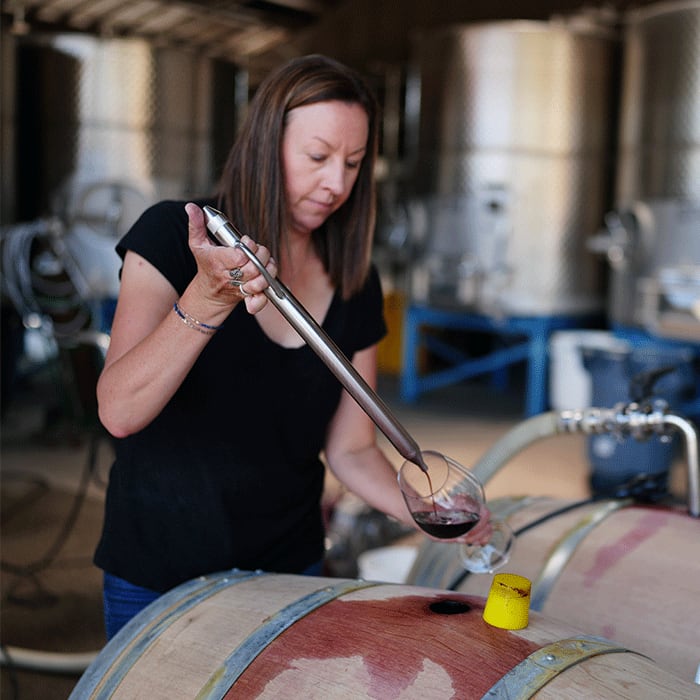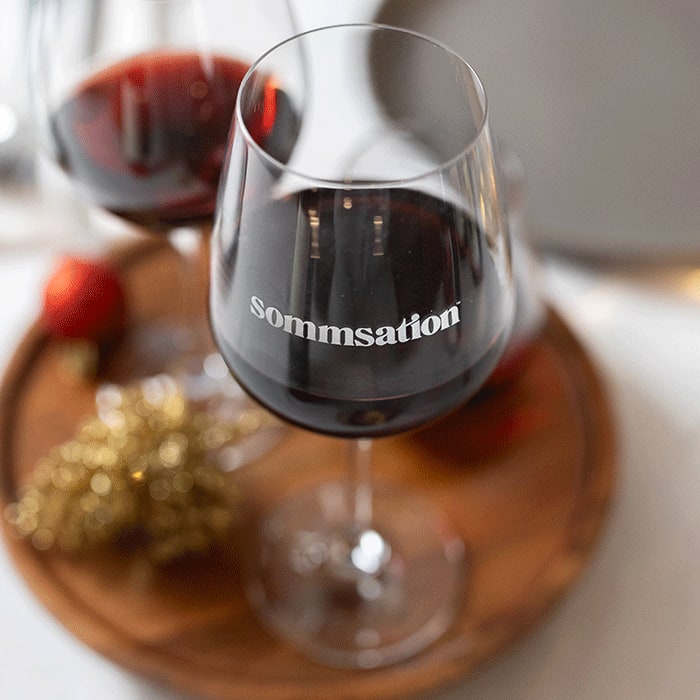Wine
Out With the Old, and Out With the New, Too
December 27, 2023

You’ve likely heard the phrases “New World Wines” and “Old World Wines”, but you may not understand all the subtle differences between the two. The wine world used to be divided into essentially two categories–those who have been fermenting our favorite beverage for thousands of years, and those who have been doing so for hundreds.
“Old World” wine traditionally refers to wine made in Europe, and can also include other regions in the Mediterranean basin with long histories of winemaking—like North Africa and the Near East. The term “New World” refers primarily to wines from wine regions such as the United States, Australia, South America and South Africa. Although these terms are going out of style in the industry—the Court of Master Sommeliers recently announced their wine tasting methodology will no longer use the terms—some of the knowledge may be relevant for your next wine conversation. There are many differences between the two, and for us it distills down to experience versus experimentation.
Key Differences Between the Two

Body, Flavor, and Oak
There are always exceptions to the rules. In general, there used to be some distinct differences between “Old World” and “New World” wines. Wine from the “Old World” tended to be lighter in style than those from the “New World”, and there are a few reasons for this. One reason is that it doesn’t get as warm in the Old World as it does in the New World. More sunshine in the New World will translate into more ripeness for your fruit, which equals more alcohol and sometimes more texture. As global temperatures are on the rise, these climate fluctuations have become less relevant.More sunshine in the warmer parts of the world can also translate into more fruitiness for your wine. While the grapes in the Old World aren’t getting as ripe, they tend to have more earthiness and minerality associated with them. Again, as seasons are becoming warmer, this theory has lost some of the vast differences between them. Areas like Argentina are even able to produce more delicate white wines, like this 2020 Semillón from Corazon del Sol, or their 2019 Reserva Cabernet Franc.

Oak is something sommeliers often speak about, as wines will taste significantly different depending on which type of oak is used. In America it’s less expensive to use American oak because it’s grown here and doesn’t have to be shipped in from other countries. Like Old World wine producers, it’s common to find wood being used close to where it originates because of the convenience. Another reason why this is no longer true is because of the ease in which barrels are relocated. In Napa Valley, Clif Family Vineyards utilizes French oak for their 2019 Cold Springs Vineyard Estate Cabernet Sauvignon. While technically closer to American oak, they choose to use French.
The term "Old World wine" doesn’t refer to a homogeneous style with "Old World wine regions" like Austria, Bulgaria, France, Germany, Italy, Portugal, Romania and Spain, each making vastly different styles of wine even within their own borders. Rather, the term is used to describe general differences in viticulture and winemaking philosophies between the Old World regions where tradition and the role of terroir lead, versus the New World where science and the role of the winemaker are more often emphasized.
The term "Old World wine" doesn’t refer to a homogeneous style with "Old World wine regions" like Austria, Bulgaria, France, Germany, Italy, Portugal, Romania and Spain, each making vastly different styles of wine even within their own borders. Rather, the term is used to describe general differences in viticulture and winemaking philosophies between the Old World regions where tradition and the role of terroir lead, versus the New World where science and the role of the winemaker are more often emphasized. In recent times, the globalization of wine and advent of flying winemakers have lessened the distinction between the two terms with winemakers in one region being able to produce wines that can display the traits of the other region—i.e. an "Old World style" wine being produced in a New World wine region like California or Chile and vice versa.

Why These Wine Terms Are Going Out of Style

Tradition and Weather
There are a few reasons why these terms are slowly being retired from the industry. “Old” is never an endearing term, and while some regions have been making wine for 8,000 years, the vintners who are making the wines today have certainly learned a thing or two about the benefits of modern winemaking. Climate change has also created a huge impact on these regions. While it was classically Cabernet Sauvignon dominating the left bank in Bordeaux, it’s starting to get too hot for those grapes to thrive there. In 2019 it was announced that experimental grapes were being planted in the region, ones that could handle higher temperatures. When the traditions that were clung to in “Old World” regions change, the lines start to blur between the “Old” and “New.”Technology, Science and Modern Techniques
Modernization of the wine industry has helped independent producers continue improving the quality of their wines globally. At first, these technological advancements were used in a greater capacity in the newer wine regions. This created a larger discrepancy between the older regions that still relied on human hands in every aspect of the wine making process. Eventually, as technology becomes more widely available and affordable, the older wine making regions have also begun to rely on them. As another major “difference” between the two becomes another similarity, the gap between them closes even further.
Phrases to Use Instead
If you’re going to a restaurant, you’ll still hear people reference “Old World” style and “New World” style when ordering wine. However, you shouldn’t anticipate the selection of wines as coming from those regions. A lot of sommeliers will recommend wines based on their style, not necessarily where they’re from.More accurate to the changing times would be referring to wines as “Traditional Style” and “Modern Style”. You can always replace the word Traditional with “European”, or reference the country of origin you’re searching for. These terms will convey the same information, but in a more relevant way.
If you tend to enjoy wines that are considered “Old World” in style, you might tell the sommelier you’re looking for lean and mineral-driven wines. If you’re more of a fan of “New World” wines, you can tell your wine expert that you want a wine with bigger fruit characteristics and a bolder structure.





